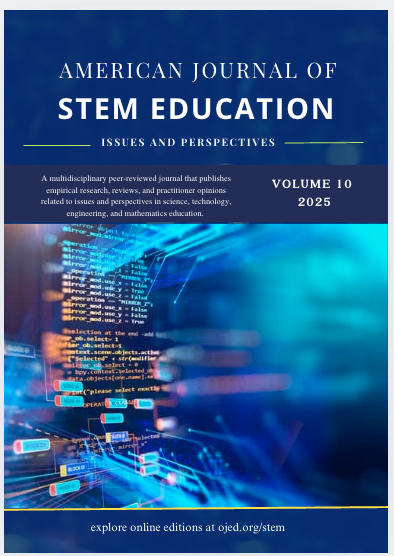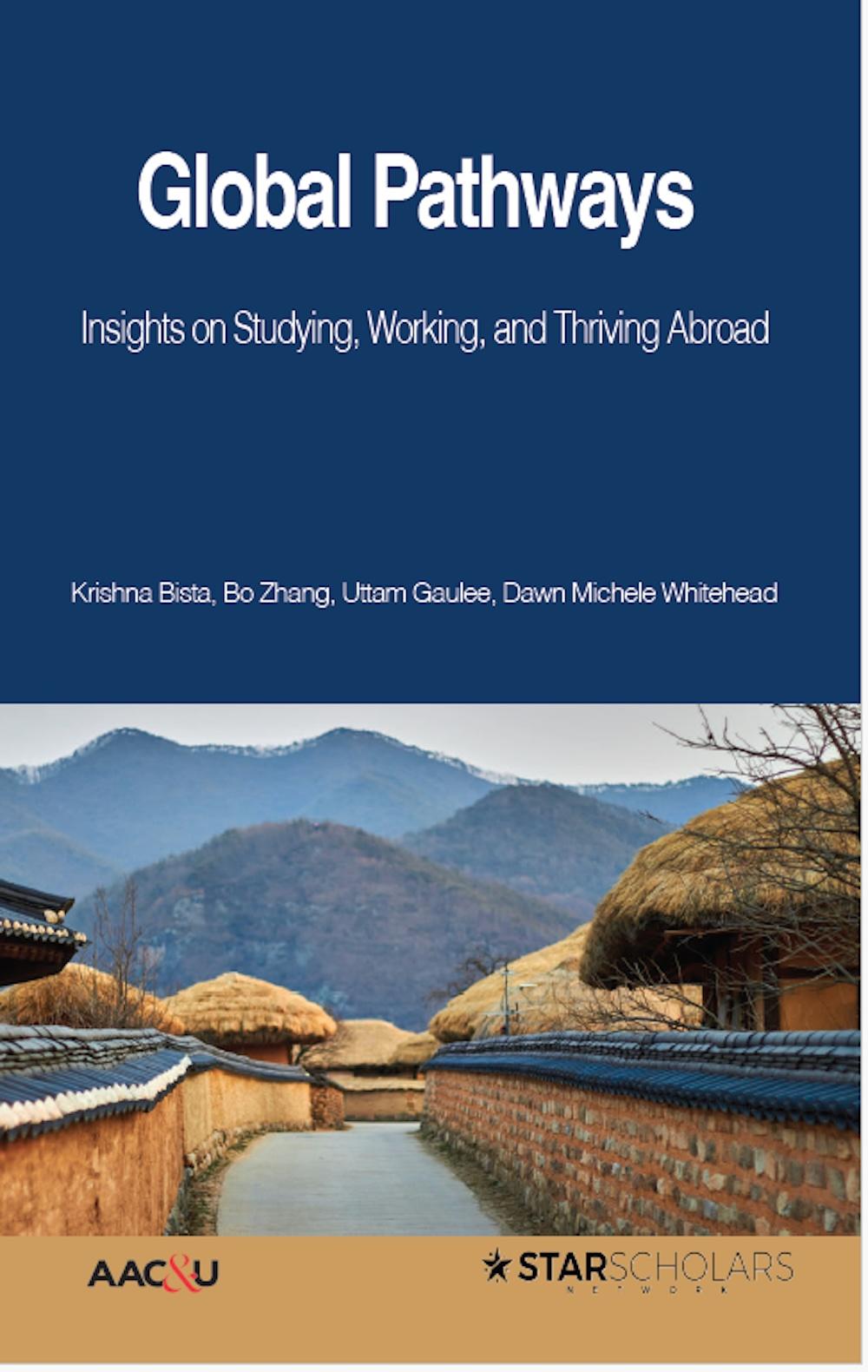The L2 motivational self system among Nepalese college level learners of English
DOI:
https://doi.org/10.32674/Keywords:
L2 motivational self-system, Ideal L2 self, the-Ought-to self, L2 learning experience, instrumentality, cultural interestAbstract
The main purpose of the study is to validate Dörnyei’s L2 Motivational Self System (2005; 2009) among Nepalese college level learners in a rural district of Nepal named Solukhumbu. In particular, the study aims to find out which among the three dimensions (Ideal L2 self; the- Ought to L2 self; L2 learning experience) of Dörnyei’s L2 motivational self-system impact the learners motivation in learning second language. The study employed 50 survey questions along with six background questions to the data. Correlation analysis of the data provides considerable empirical support for the validity of the L2 motivational self- system and its relevance in Nepalese context, with Ideal L2 self as the strongest predictor among the three dimensions of Dörnyei’s L2 motivational self-system along with some relation to L2 learning experience while comparing Ought to L2 self.
Downloads
Published
Issue
Section
License
Copyright (c) 2022 Interdisciplinary Journal of Innovation in Nepalese Academia

This work is licensed under a Creative Commons Attribution-NonCommercial-NoDerivatives 4.0 International License.
Upon publication articles are immediately and freely available to anyone, anywhere, at any time. All published articles are licensed under a Creative Commons Attribution-NonCommercial-NoDerivs 4.0 Unported License. All articles are permanently available online. The final version of articles may be posted to an institutional repository or to the author's own website as long as the article includes a link back to the original article posted on OJED.






